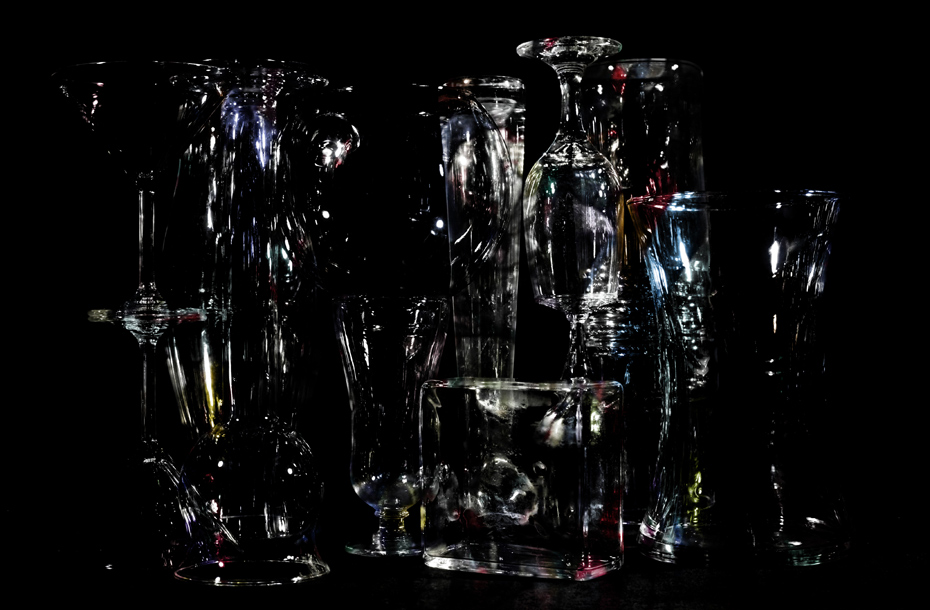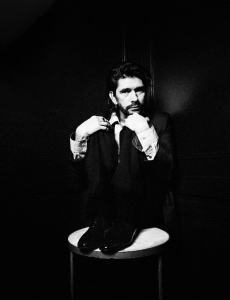William Kherbeck reviews the Canadian artist’s most ambitious exhibition to date, exploring the role of narrative at Chisenhale Gallery

Does it matter if you see something with a beginning from the beginning? In this era of art films shown on endless loop, and film and literary narratives unafraid to dump readers and viewers into the middle of things (I’d write in media res here like a good art critic is supposed to, but since I’m not writing the rest of the review in Latin, I don’t see the point), you do begin to wonder if beginnings have the same aesthetic meaning they used to. Corin Sworn has some of the same questions on her mind in her new film installation The Rag Papers at the Chisenhale Gallery. Sworn’s films frequently use the reader’s ability to construct stories from ruptured narrative suggestions as a means of both examining the mind and completing an artistic aim; the mind is both the substrate on which her art acts and the catalyst for its generation. I happened to join The Rag Papers about five minutes in, and, in my critical prejudices, presumed that wasn’t going to be a problem because, no doubt, the film was on continuous loop. Do you care less about missing the beginning when you know it’s coming around again? In a work like Sworn’s, there’s an expectation that something will be missing and so perhaps it doesn’t matter, but then, when the first screening ended and the lights came up like they do at your finer local cinemas, it was one of the most surprising parts of the work. That’s not a bad thing; not least because, in her writing about The Rag Papers, Sworn says she’s interested in how a viewer interacts with a gallery space. In presenting her film in a more “cinematic” way, the space came to mean something different than if the house lights hadn’t come up.
Speaking of lights coming up, there are other moments in The Rag Papers where light is used to define the space. As noted above, though the film may be a central component of The Rag Papers, the work is an installation. At certain points in the narrative of the film, the screen goes black and a set of lights at the western end of the gallery flash on and off. While this is happening, a lilting Canadian voice is broadcast through the space reading a fragmentary story that could, if the viewer chooses, be grafted onto the actions of the characters in the film. The first time it happens it’s a revelation; the series of flashes last just long enough for you to focus on their source before blinking off again. The second time it happens you wonder why they’re all on one side of the room. That may be intentional, but it struck me as problematic somehow, too overt a statement about the room itself perhaps.
But what of the narrative? The thing is, your story is going to be different to mine, and Sworn wants it that way, so I won’t dig too deeply except to say it follows two characters on screen and a third mainly from the audio recording. They seem to be connected but connections, like the lights, seem to blink on and off as soon as you make them. Sworn has described the piece as “a seedy noir film that wishes it was an intellectual thriller” but, to be honest, it feels a bit more like the reverse. The perspectival shifts keep you unsure of where the intellectual thrills might come from, but the lighting of the scenes keeps too much seediness from creeping in. But she’s right that there is a lot of noirish uncertainty, a lot of unresolved endings, and, just as importantly, unresolved beginnings.
Corin Sworn: The Rag Papers runs until 24 March at Chisenhale Gallery, 64 Chisenhale Road, London E3 5QZ




